HEDD Audio’s HEDDphone is the world’s first (full range) air motion transformer driver headphone, so everything about it is quite unique and interesting.
These are priced at around 1900 US dollars, which is around 1.5 Lakh Rs. In India, so they are priced higher than the popular high end headphones like Focal Clear, or the Hifiman Aryas, but then these are also said to be competing with headphones like the LCD 4 and Focal Utopia, which are much more expensive, so from that perspective, they could actually be a great value headphone, even at their price point.
So let’s check what’s good and what’s heavy, and if these prototype looking headphones are something that you can live with everyday.
Unboxing
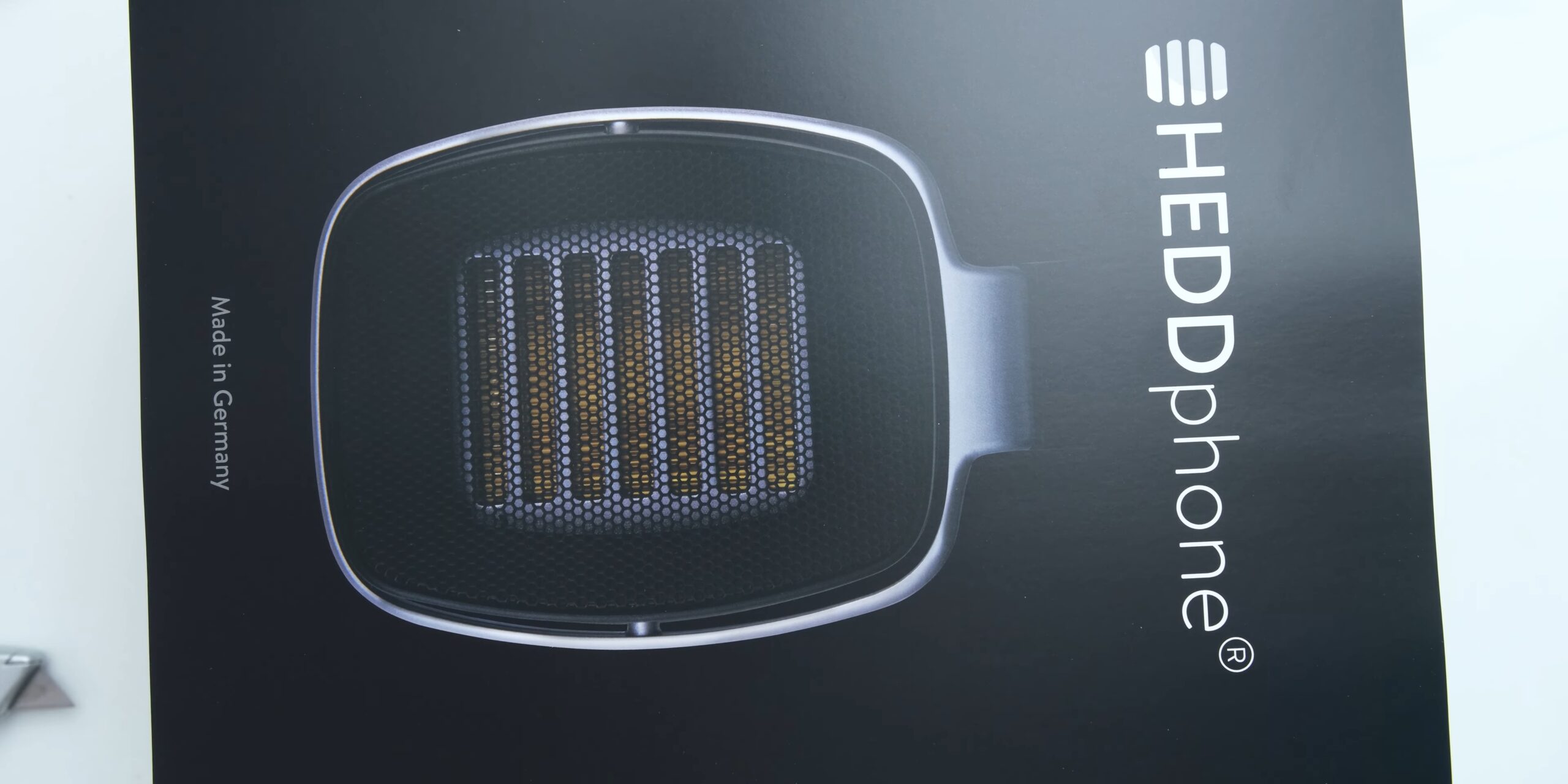


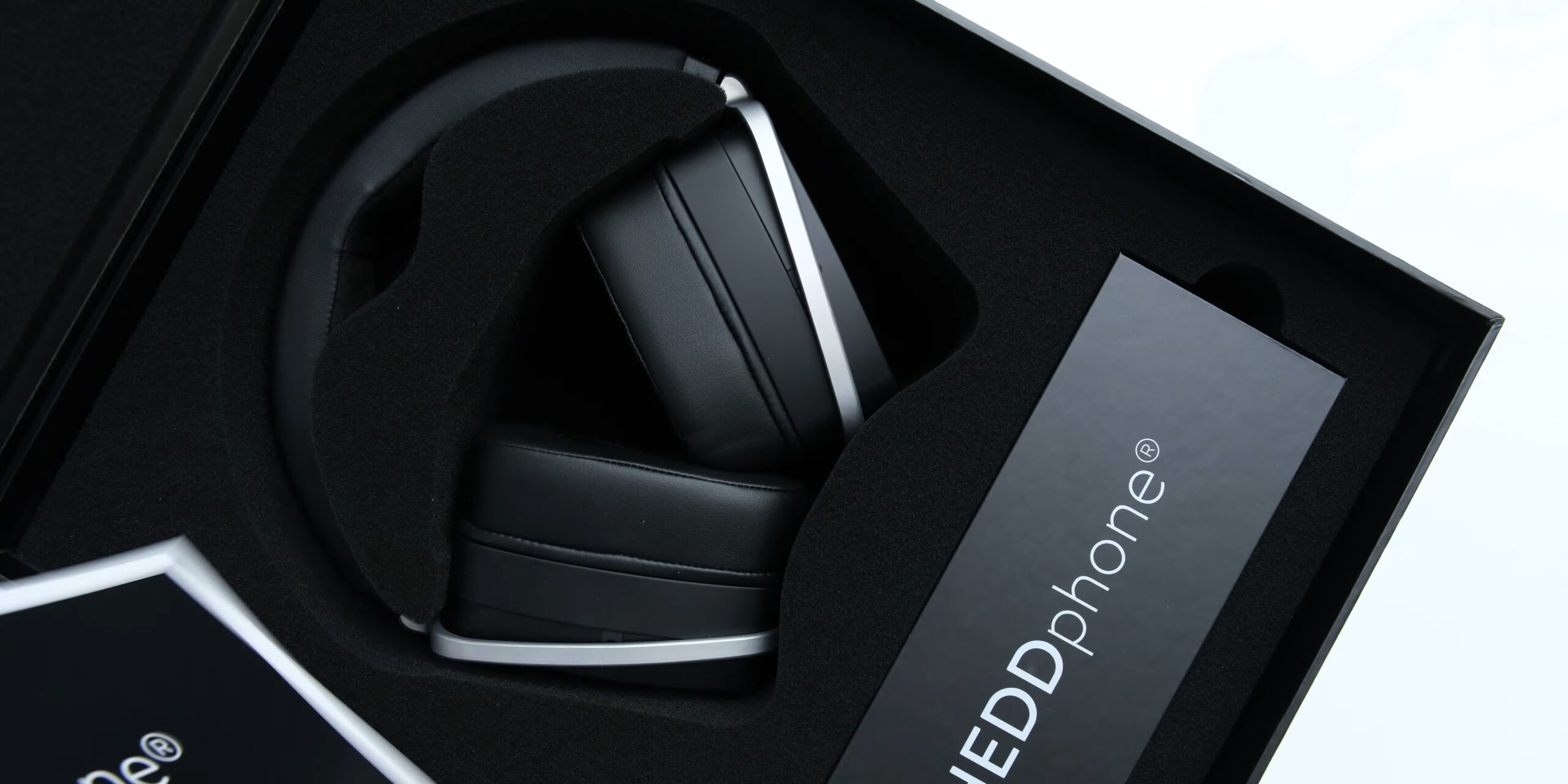
The HEDDphone comes in a really big box, and you don’t have a lot of fancy stuff going on inside, as the pro audio brands don’t generally care about spending on things that don’t really matter. But the headphones are really well protected in this foam casing.
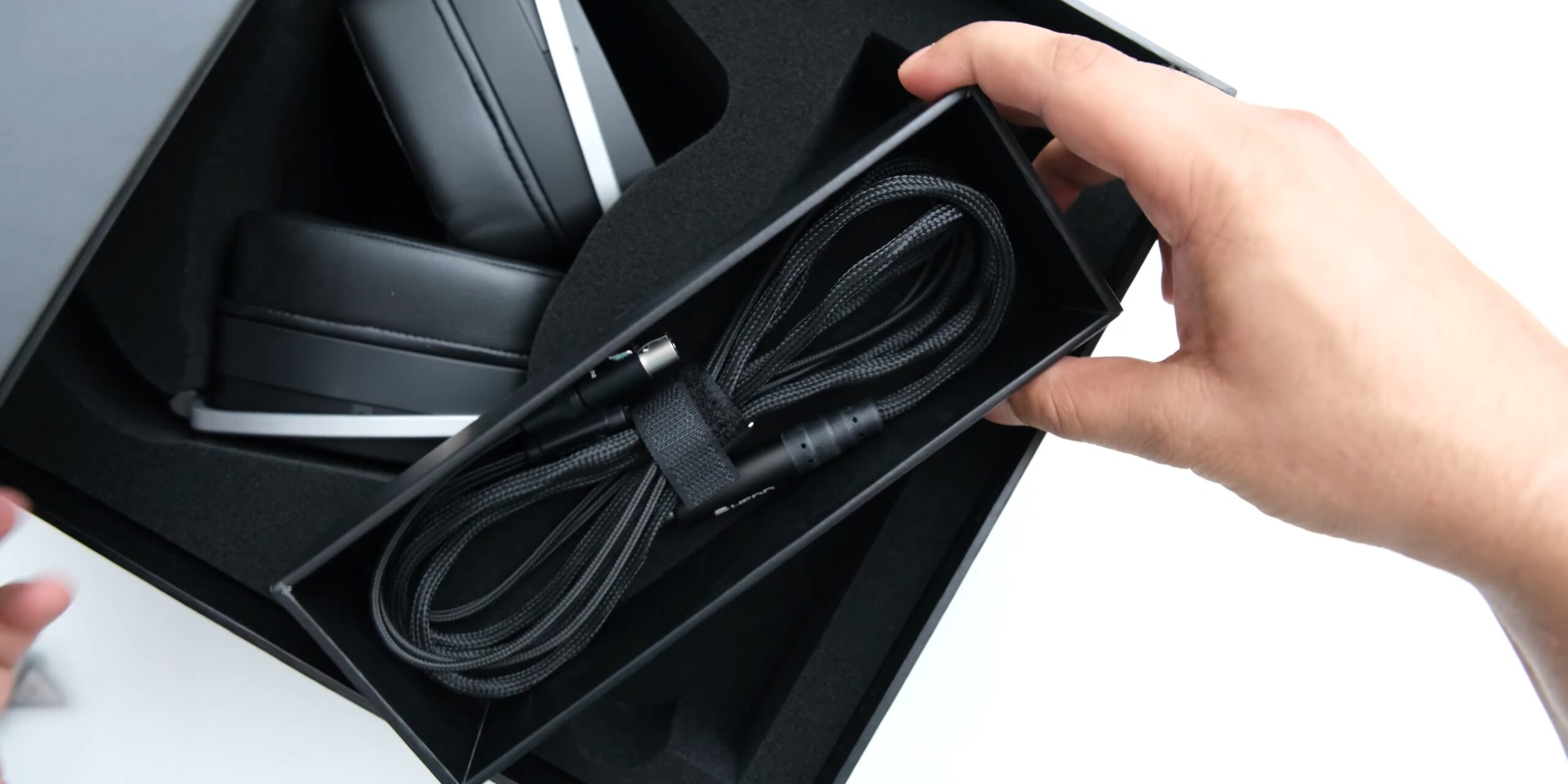
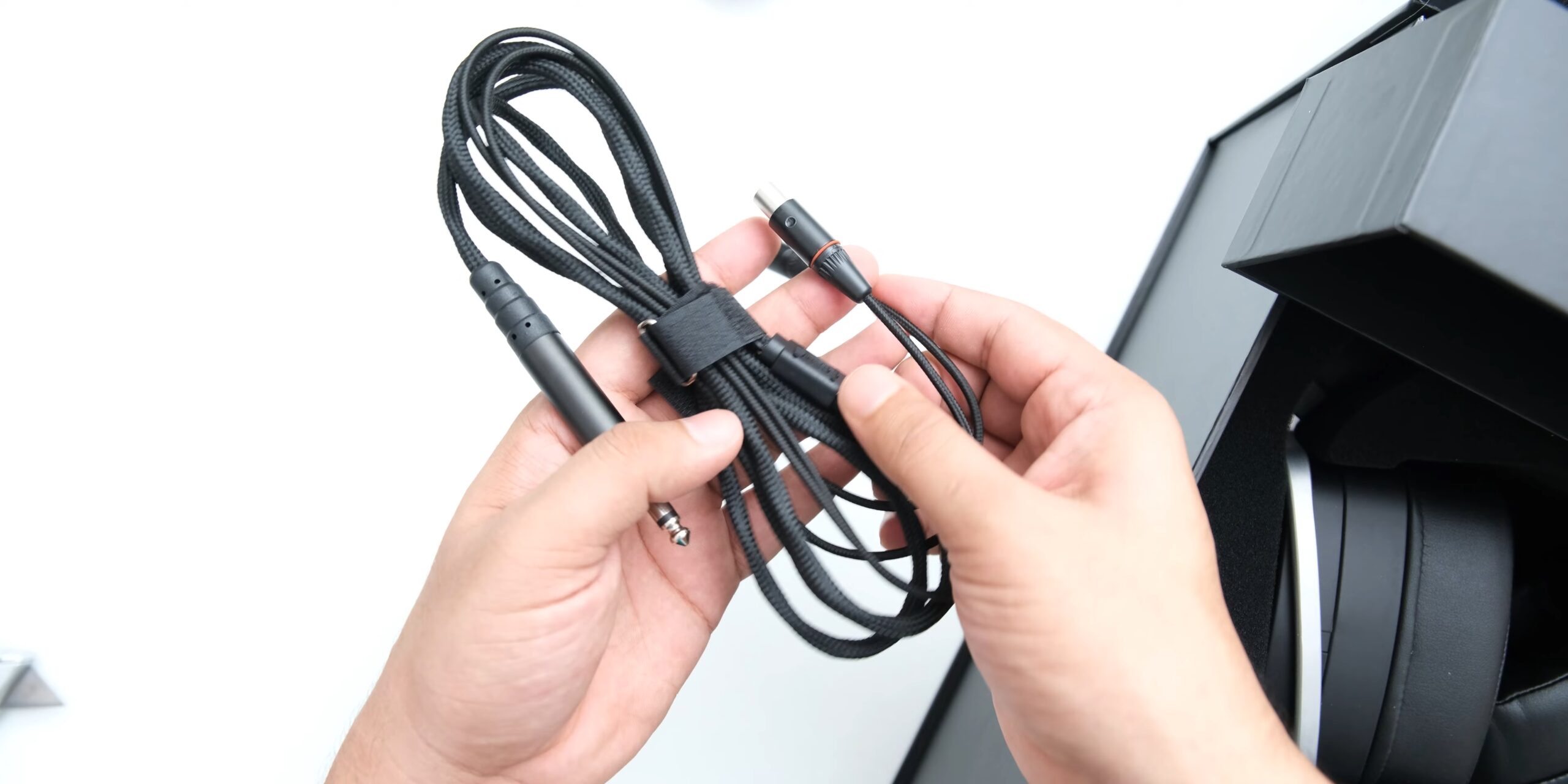

The cable that you get with these is nice, but it is a little stiff, and the twisted cable design with a sleeve on it makes it have a weird shape.
Design
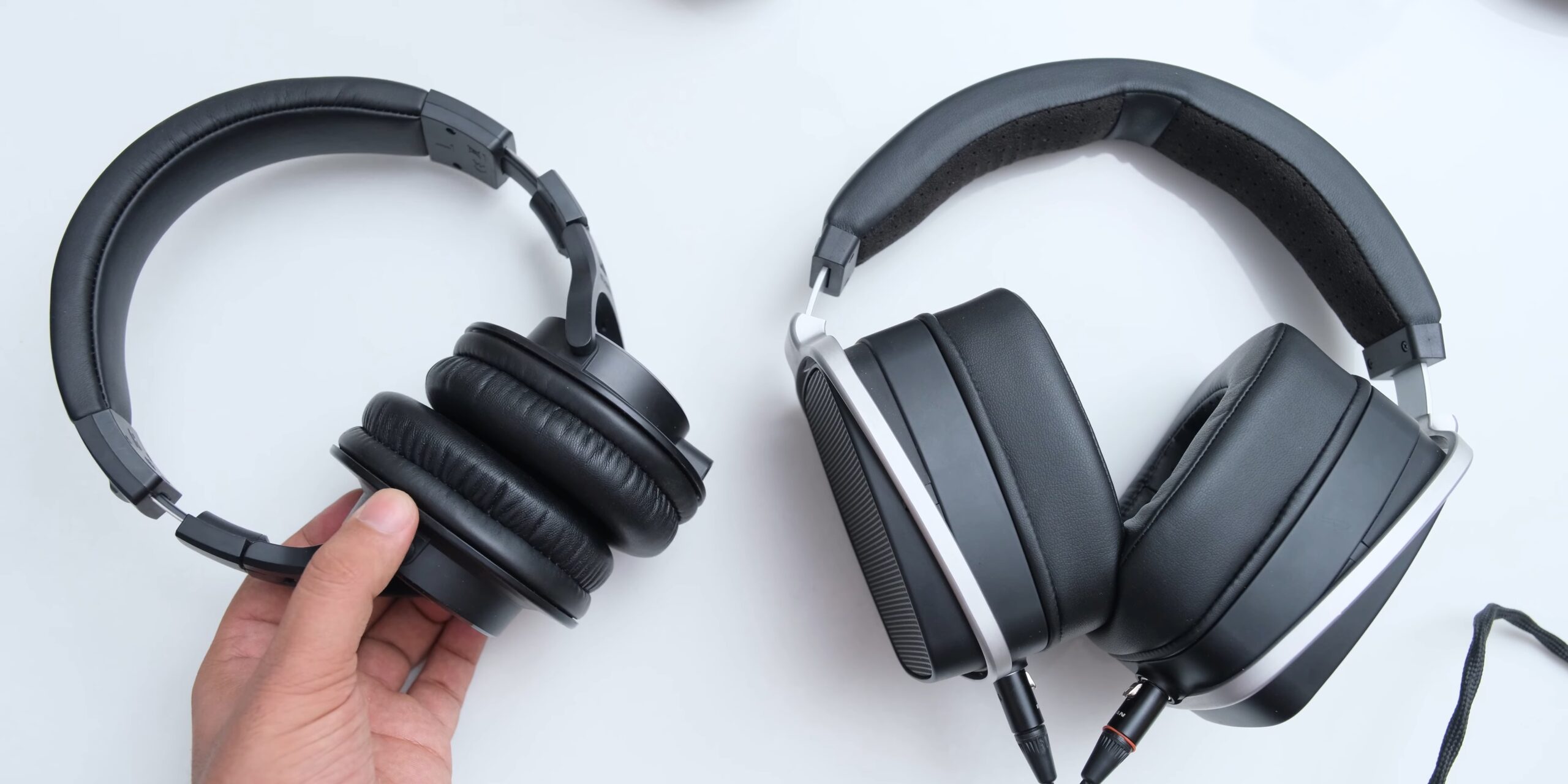
Now these headphones obviously are way larger than other headphones. They look really big on your head, and they kind of feel more like a sound helmet than a headphone. But in spite of all that,
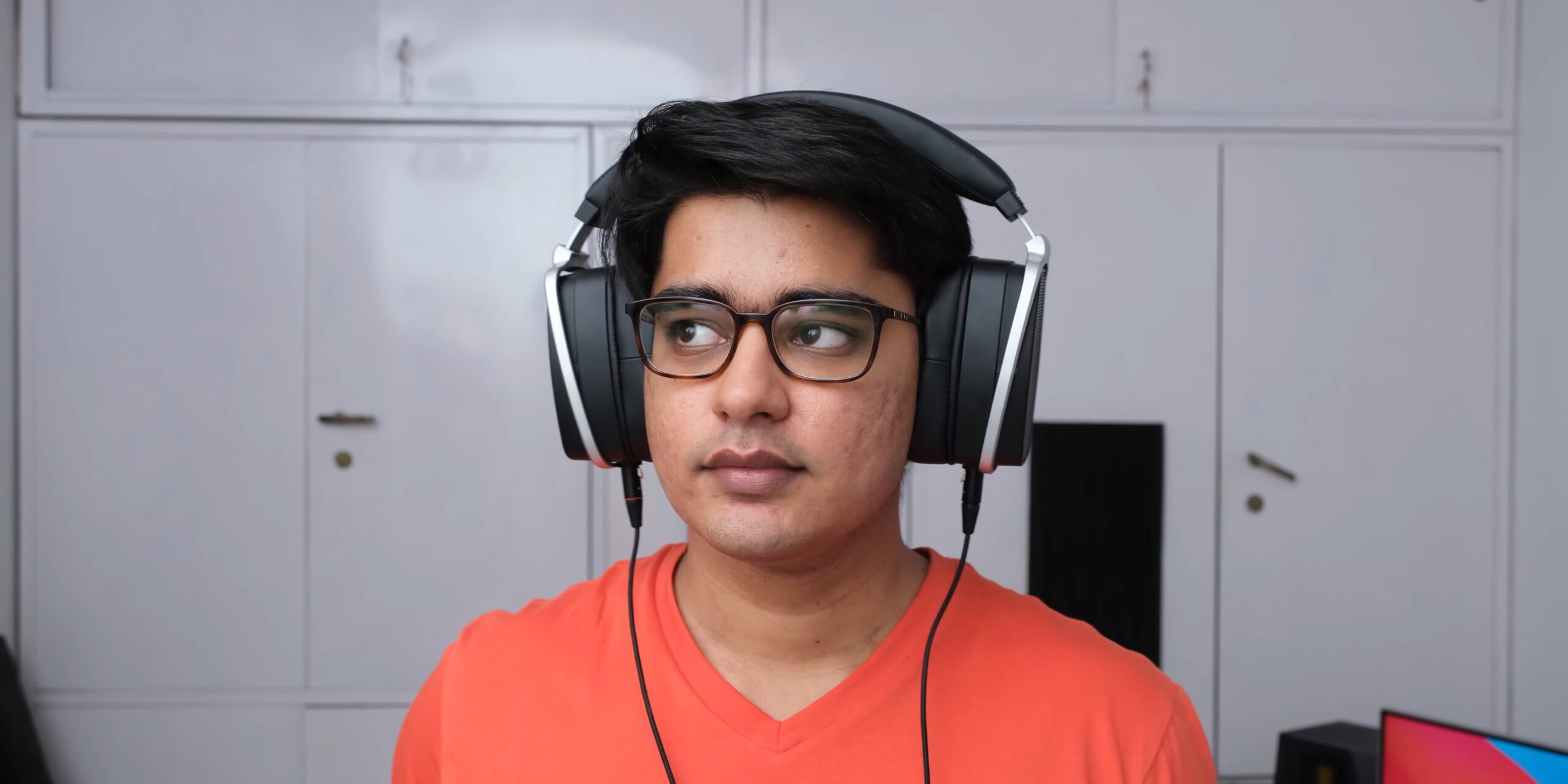
once you wear them, they feel quite normal, and the reason behind their unusual width is that they don’t have dynamic or planar drivers like you find in other headphones, and the air motion transformer drivers that they have has to be placed at a greater distance from your ears to sound right.
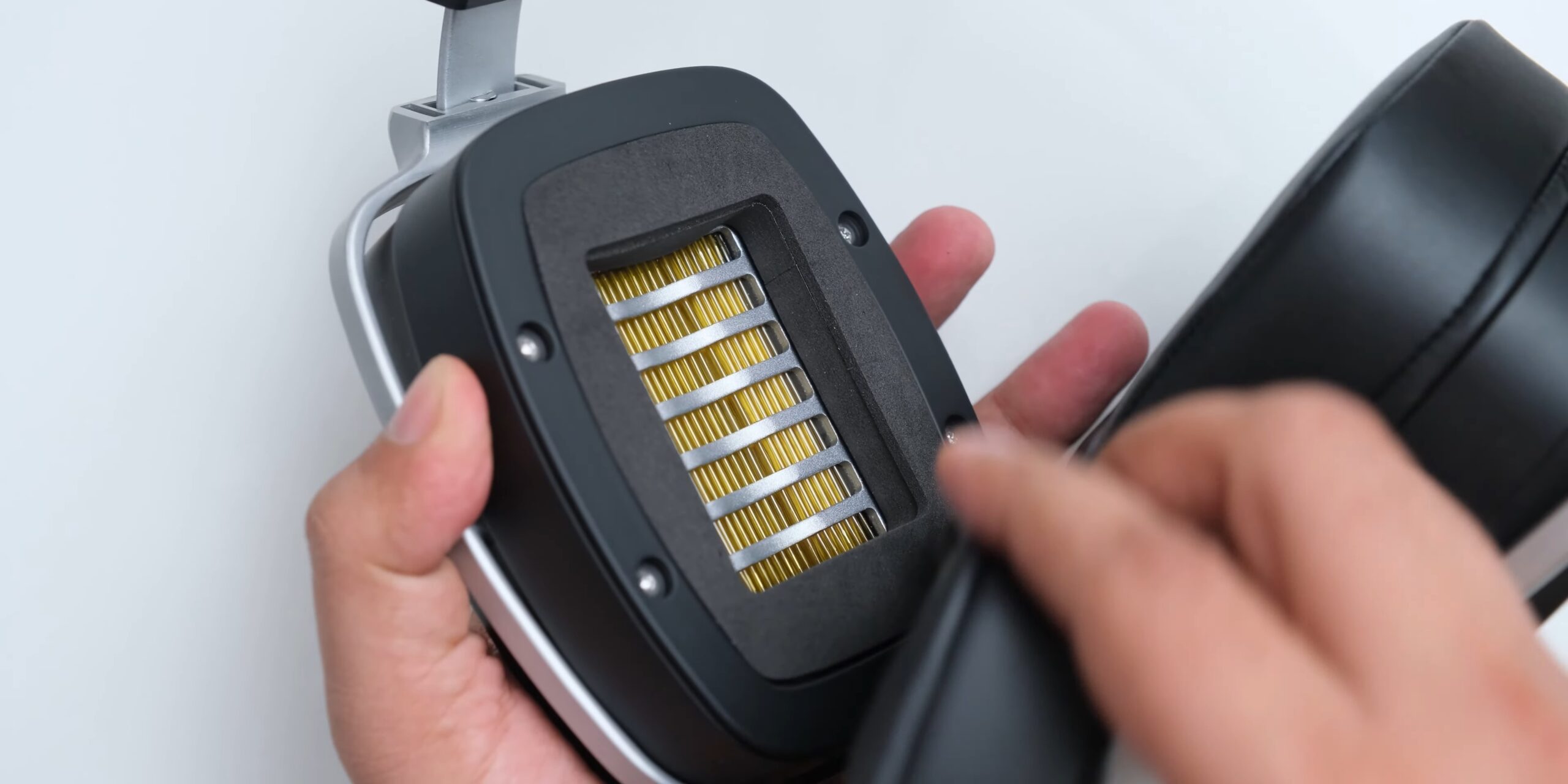
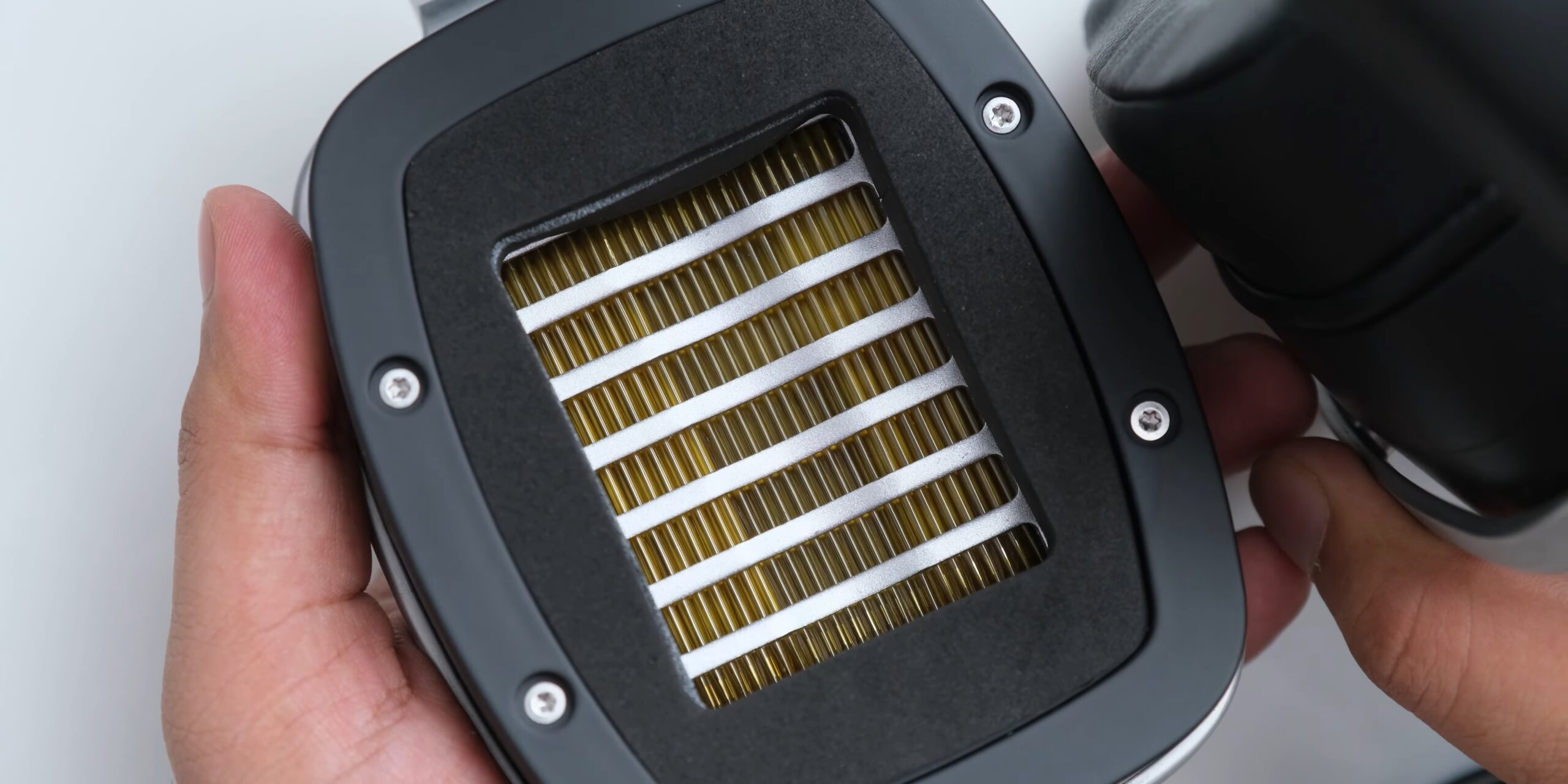
The air motion transformer driver produces sound in a different way, so instead of a pistonic motion that you find in something like a dynamic driver, they have kind of a squeezing in and out motion with the folded ribbon driver in their earcups.

This is the same technology that you will find in tweeters of speakers like the Adam Audio A5Xs which you see me using,
and HEDD Audio was actually also started by the founder of Adam Audio. They thought about using their very critically acclaimed AMT driver technology on headphones,
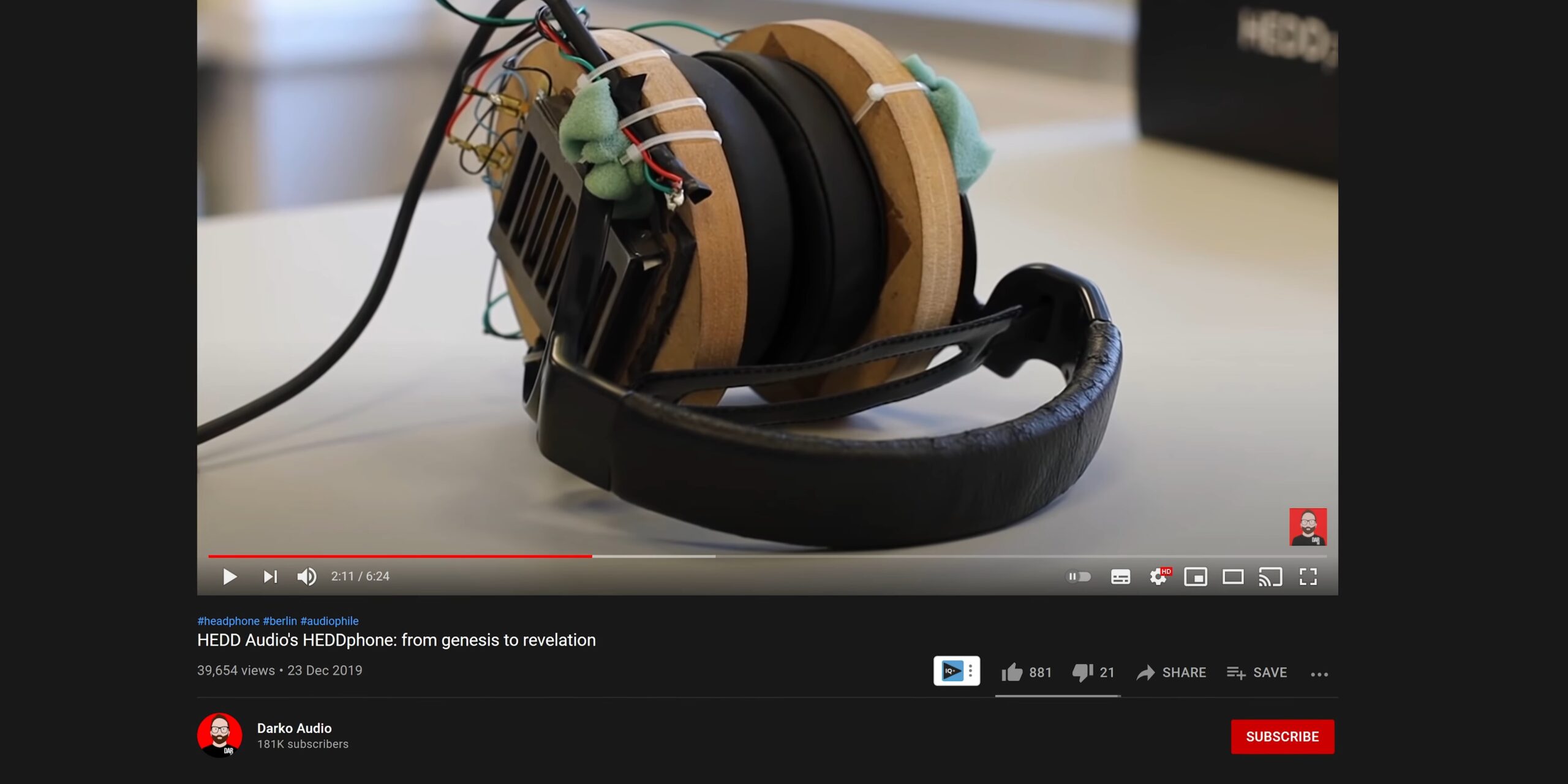
so they started with a very rough prototype, and then they had around 20 revisions before it became the HEDDphone.

So even though this is HEDD Audio’s first headphone, this is a product that they have spent a lot of time and thought on. So it may look very different, but it is actually surprisingly usable as an everyday headphone.
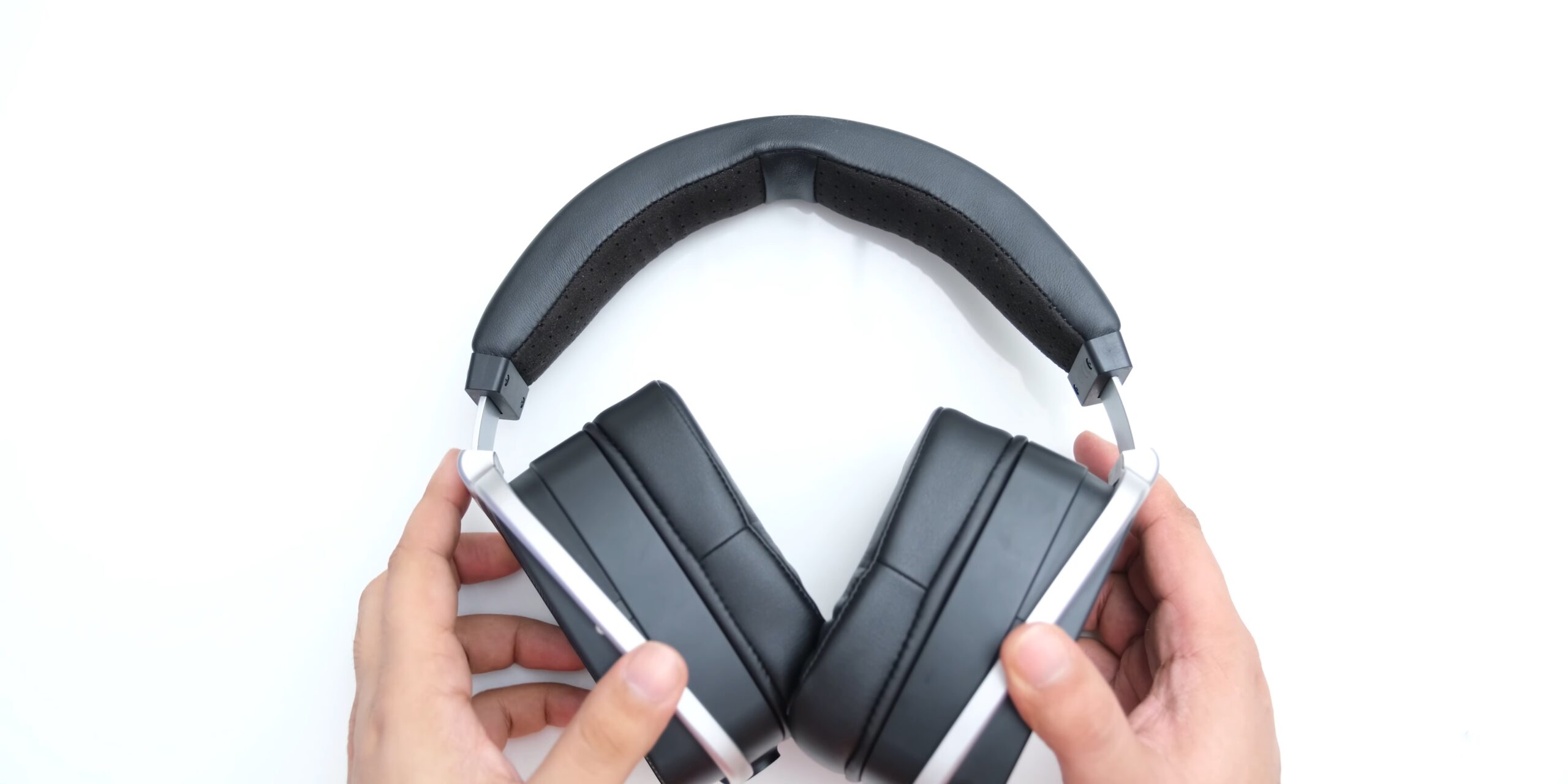

Coming to the build of the HEDDphone, their construction is very solid and the headphone feels really well built, but the finishing on it is quite average.
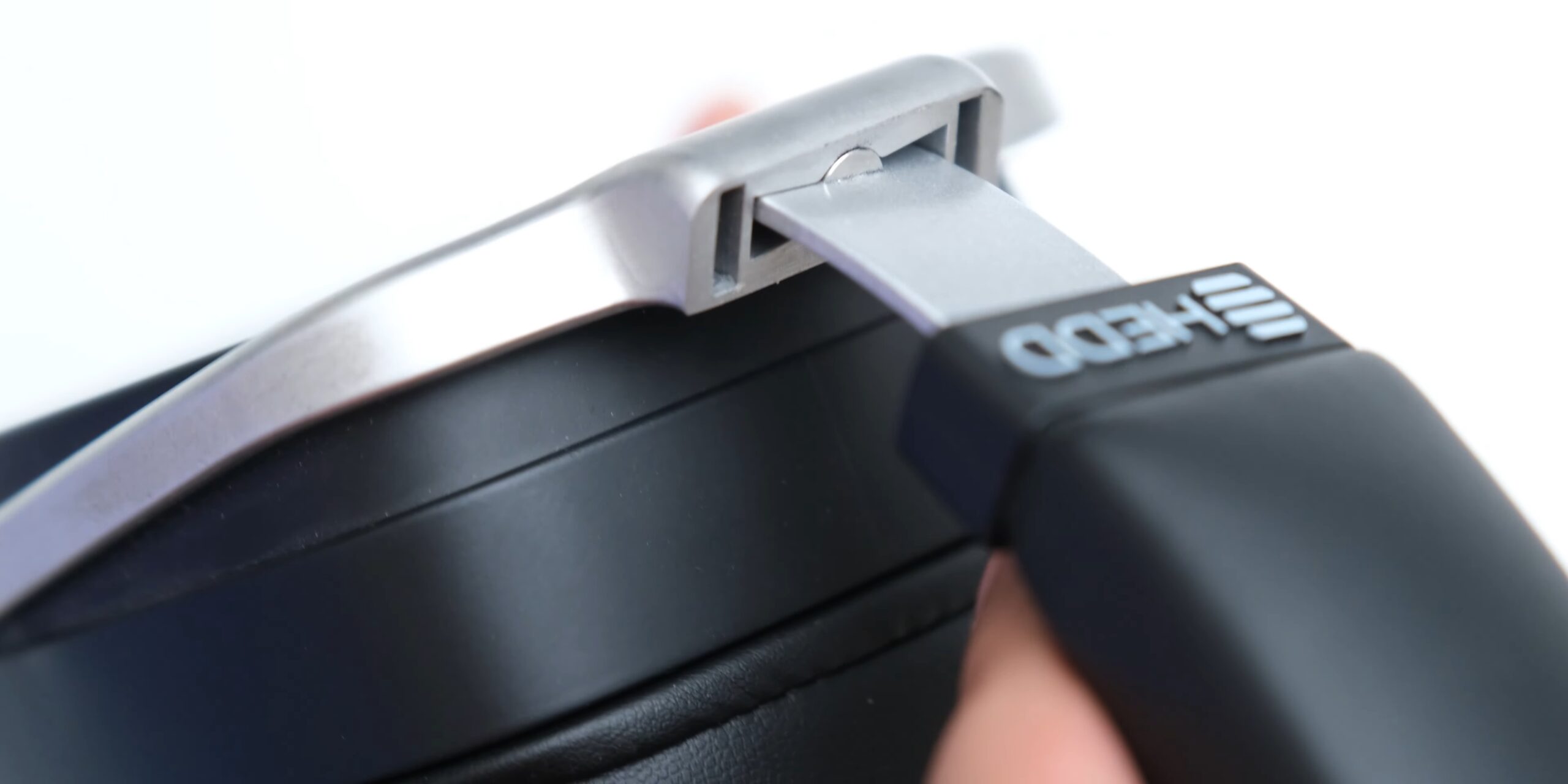

It does have a very strong feeling in hand, and the swivel mechanism is also able to handle the complete weight of this headphone, so you can pick it up with one earcup with confidence. The earcups are surrounded by this strong metal frame, and it really feels like this headphone would be able to handle a drop or two even after being so heavy, which I find to be quite impressive.
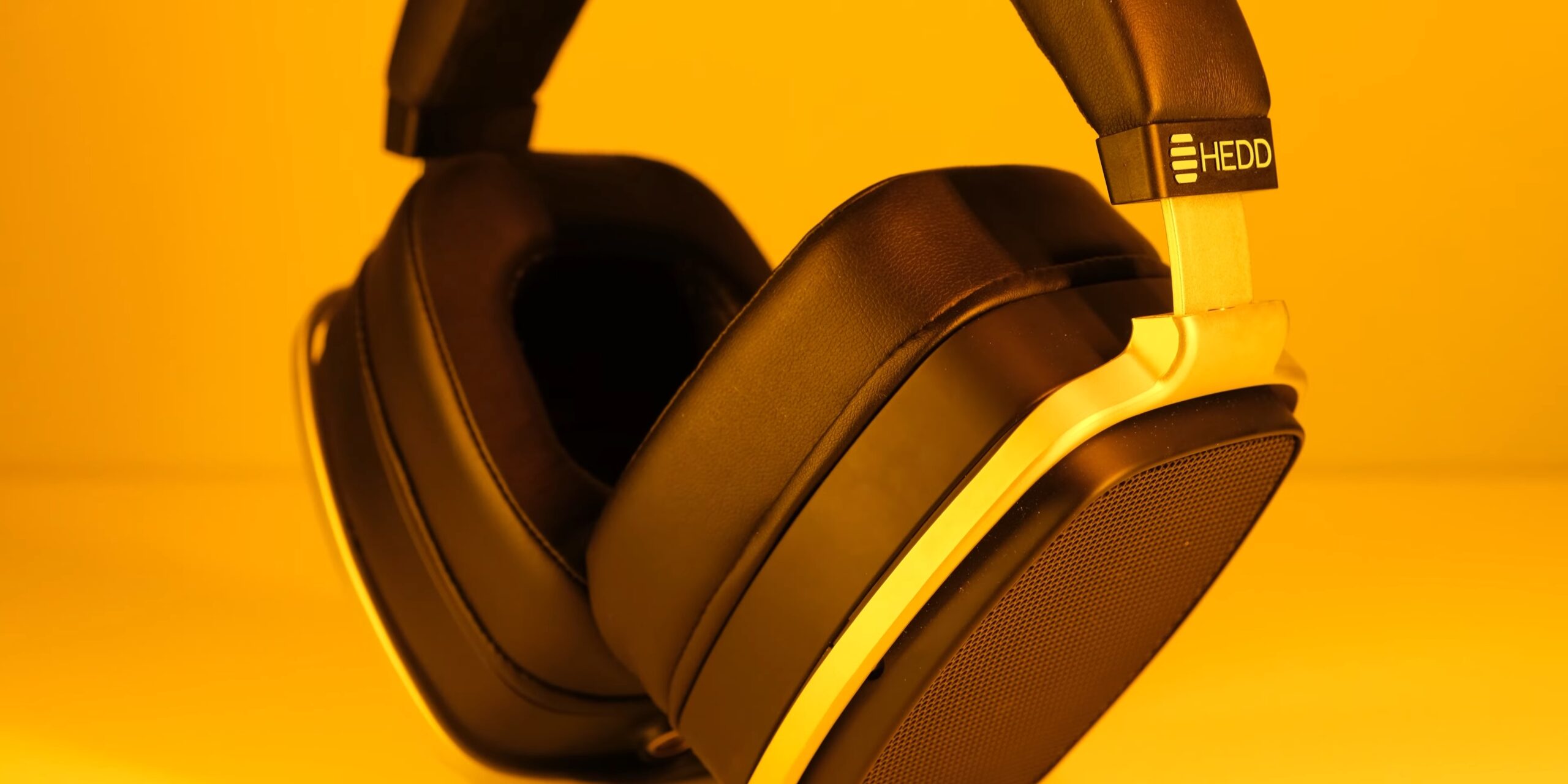
But when you take a close look at it, it is really clear that HEDD Audio wasn’t trying to impress anyone with a luxurious finish or intricate design patterns that you would find on something like a Focal Clear MG.

You can see some solidified bits of paint left on the metal frame, and in some spots, the paint has already chipped off on my new unit.

The swivel mechanism also makes creaking noise, because the metal piece on the headband is directly touching metal frame of the eacups,

So this is definitely not the kind of polish that you would expect to have on a 1,900 Dollar headphone, but then again, the overall construction feels really strong and well engineered, and I really don’t think anything on this headphone would break, even after a long time.
Weird Stuff
The AMT drivers in them do make a crackling noise when you put them on due to air pressure, but that is normal and it doesn’t happen once you’ve set them on your head.
One really weird thing however is that they can sometimes have a slight rattling in their drivers when playing some very bass heavy tracks like Sunset by The XX at very high volumes, but this problem can come and go away for some reason, at least on my unit. I was getting this issue, but then I removed the XLR cables, and re-inserted them, and this problem was gone, so this doesn’t appear to be a quality control issue, but something related with how the AMT drivers handle being powered, but in any case, this is not an issue to be worried about. Unless you get a unit that is actually defective.
Amplification
The HEDDphone is one of the most difficult to drive headphones, even if it may not seem like that by looking at its 42 ohms impedance and 87 dB/mW sensitivity.

I used my RME ADI-2 DAC to drive these, it has 1.5 watts of power per channel and even people at HEDD audio use the RME boxes in single ended mode.
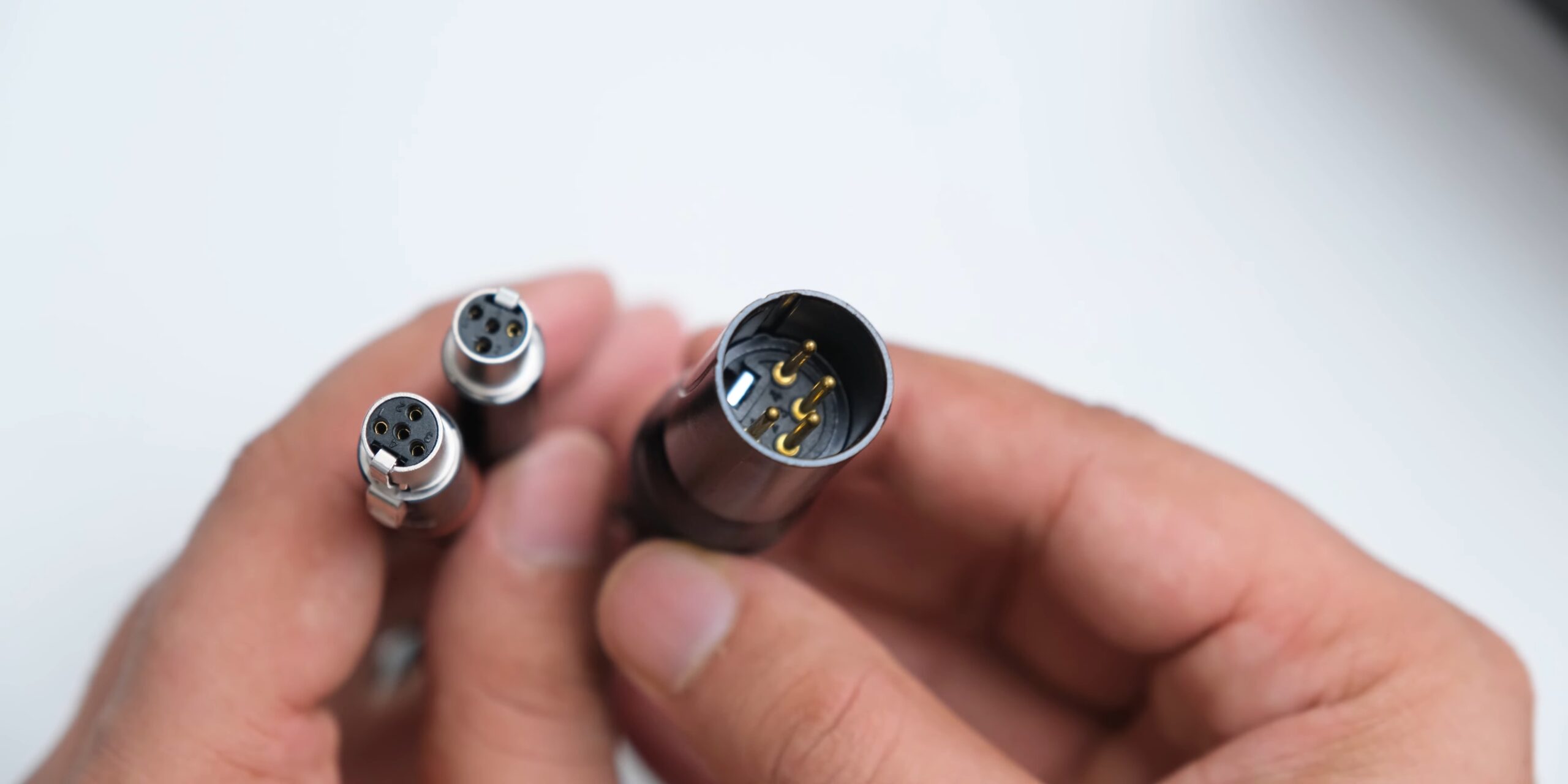
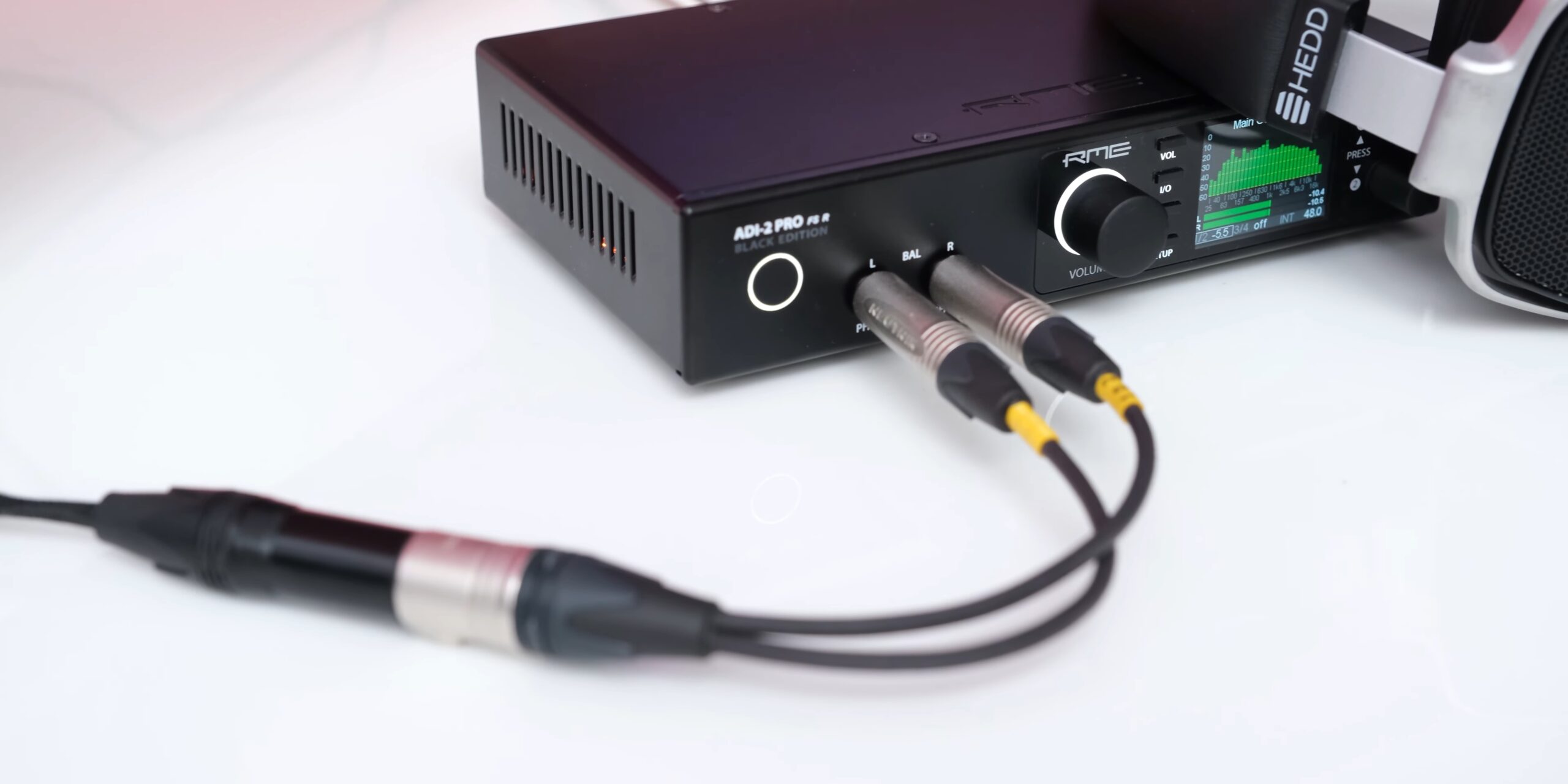
But then I got the RME ADI-2 Pro and then used it in balanced mode with this adapter, this doubles the power and you get balanced connection for which you will also have to buy a balanced cable separately for 190 dollars from HEDD audio, or you could use other 4 pin mini XLR headphone cables as these seem to be standard across brands like Audeze and Meze.
Keep in mind that I am not saying that you need a balanced connection to get a proper sound, you could use any of the more powerful single ended amplifiers, but this is just how it works with the RME ADI-2 Pro.
So now with this very odd looking way of using these, the sound quality on the HEDDphone did improve.
Even though they sounded good on single ended mode, with more powerful balanced amplification, their soundstage became more defined, they sounded a little thin on the single ended mode of ADI-2 DAC, but this character was gone on balanced, and they sounded fuller and a little clearer with more impact and weight in their bass.
The ADI-2 Pro does have a very advanced balanced out mode, so maybe that also helped, but you do need something serious to drive these. Even if you are able to get enough volume from them, you will need something powerful to make them deliver a complete low end.
Comfort

Now comfort is probably going to be the most make it or break it aspect of this headphone,
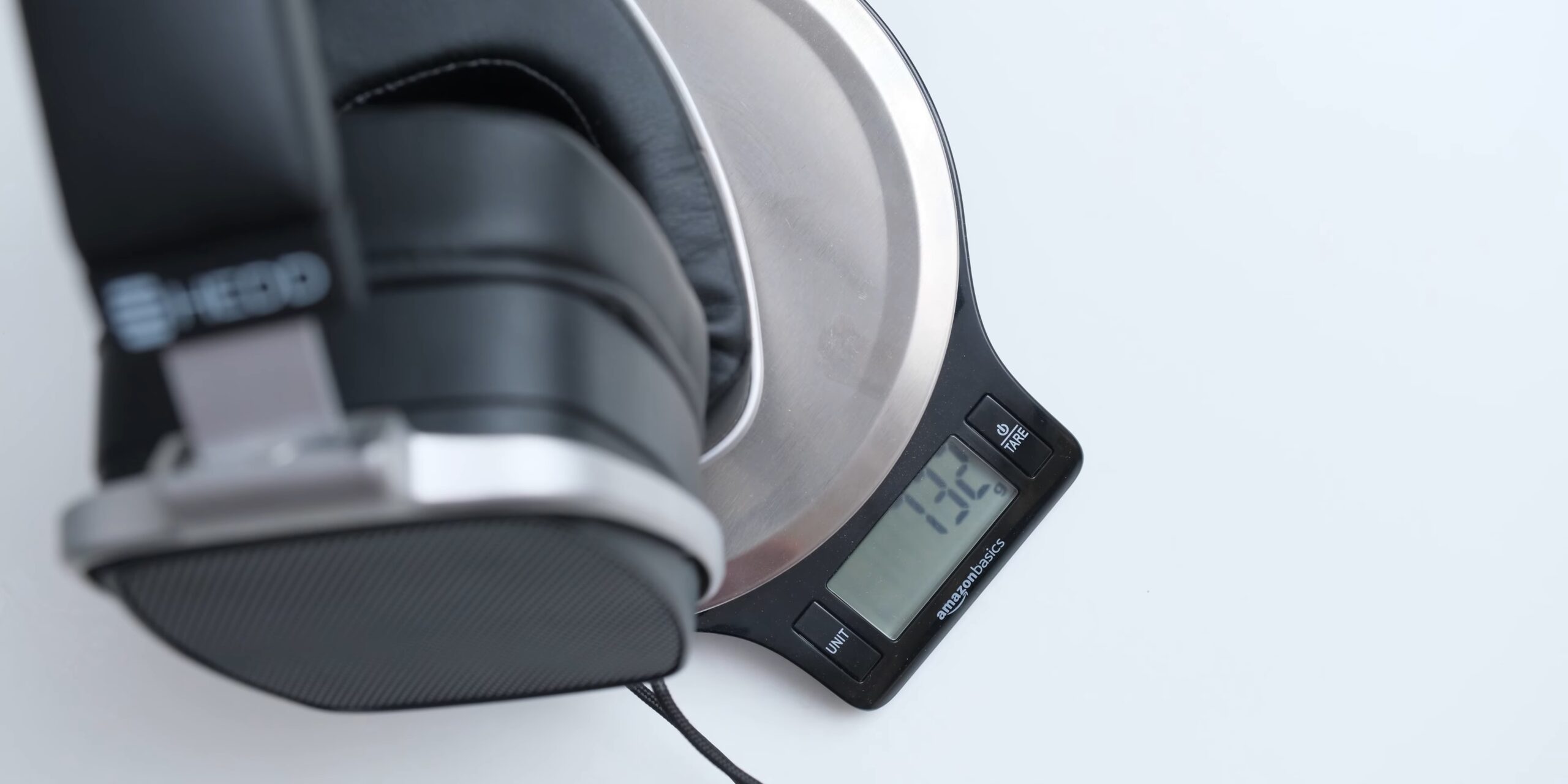
and at 718 grams, this really is one of the heaviest headphones.
You will find people talking about how in spite of their weight, they are comfortable on the head, and that is quite true. The headband is designed in a way that doesn’t create a central pressure spot, and the really large, and thick ear pads really do a great job of distributing their weight on your head.
But still there is no escaping the weight of it, and this is definitely not a headphone that I would consider going for if I had to use it all day.
Their clamping force is really balanced, so I didn’t find it to be too tight or too loose, and I also didn’t have any issues with wearing these with glasses. You also do get used to the weight overtime, but again, for something like just watching a movie or a Youtube video, I don’t think that it is worth keeping their weight on your head.


Their headband is nicely padded with its split center design, and they made the headband more extendible after their initial release, so I don’t think the headband could’ve been better executed, but one area where I think they could have easily improved is the range of tilt that is available on the earcups, as it is quite limited because of the metal frame around them. So for smaller heads, you do feel like the weight is focused in the lower area of the earcups, because the earpads are angled that way.
I did find some people who were able to wear this for 5-6 hours without problems, but it really depends on how resilient you are to heavy loads on your head. If you tilt your head down to do something then they actually start slipping down because of their weight.
For my use case, they are good enough, because I would use them for 20 to 60 minute music listening sessions, and I could wear them for 2 to 3 hours if I needed to. But if my use case required me to wear this for more than 3-4 hours per day continuously, then I would definitely look for something that is lighter and more comfortable for longer periods.
Sound Quality
Finally, coming to their sound quality, their sound signature is very slightly brighter than what people consider to be neutral, but it is a really great sound signature with very less weirdness in the frequency response that you may find with some other high end headphones. I am personally very sensitive to boosted treble and any shoutiness in vocals that you often see on headphones, but the HEDDphone doesn’t have any of the issues that bother me,
If you want to EQ them, then you can boost the bass in the region below 100 Hz by 1 or 2 decibels, but it’s not necessary, and sometimes it even feels like there’s too much bass with just a 1.5 decibel boost in bass heavy tracks. I also tried some EQ presets available for the HEDDphone, but I didn’t like how that sounded.
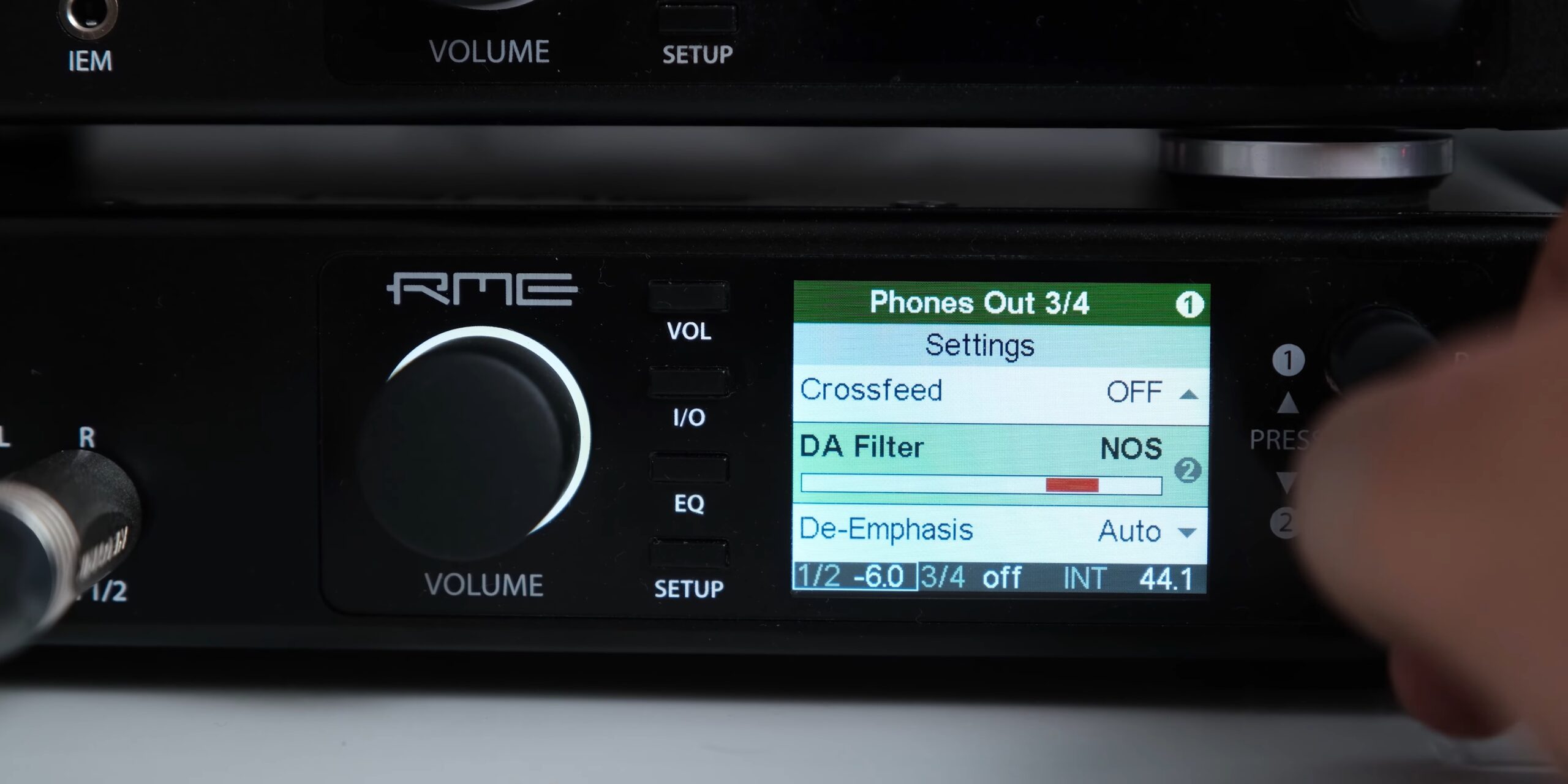
What I personally do is that I use the NOS filter on the ADI-2 Pro, and that filter kind of rolls off in the treble region, which works wonderfully with these headphones. They are also extremely revealing, so the non over sampling filter actually does sound different than the standard sharp filter, and it makes these sound very natural and non fatiguing, and it also takes away the analytical nature of sound that you may sometimes feel with the HEDDphone, so if you have a DAC with different filters, I’d highly recommend that you experiment with them.
But you can also EQ the treble down a bit if you don’t have that option, and again, even without any EQ, they sound really great.
The detail retrieval on these headphones is really top tier. I haven’t tried the other two to three thousand dollar headphones in the market, but if you check out reviews by more experienced people, they have mentioned how these compete with headphones like Audeze LCD 4 and Focal Utopia for detail retrieval, which cost more than twice of the HEDD Audio HEDDphones.
So from a value perspective, these are really outstanding, because they are competing with the best headphones in the world at any price point, and that is actually quite apparent when you listen to these. So when I record my voice for these videos, I have a very silent fan running in the room, and even though it’s not very audible, I use noise cancellation feature in Adobe audition that cancels noise by taking a sample of the room noise.

I never really heard the fan in my voiceovers after doing this, but on these headphones, even after post processing, the fan is audible, so if you’re going to work with sound, these headphones really provide microscopic levels of details into your audio, and as a professional tool for working with sound, I think that these are really amazing, especially with how linear their frequency response is.
You can also hear distortion in many tracks with these, and it will surprise you how many mainstream recordings have minor distortions or clipping in them.
Secondly we have to talk about the kind of presentation they have, and that is quite different from other headphones. You will hear many reviewers talking about how they have a very speaker like presentation, and two of the reasons for that are that the drivers are just at an unusually long distance from your ears, and the the motion of the AMT drivers on these is also different from all of the other driver technologies that exist.
So their sound doesn’t feel like it is being pushed or forced into your ears, and it feels like the drivers on these are just like mini speakers that sit near your ears, and they deliver the sound in extreme detail.
But because these are so open, and the drivers are at a distance, their bass doesn’t make you feel the same kind of pressure on your eardrums that you may feel with headphones with smaller ear cups that have pistonic motion drivers
This is really amazing for orchestral music, jazz music, or anything with instruments, because they sound amazingly natural, but for genres like electronic music, this presentation kind of makes the digital kicks feel a little weird, because at least I was used to headphones that have the drivers very close to the ear which makes you feel the bass kicks more intimately.
Bass
But the bass extends very low, and it sounds very natural. You really feel the movement of the strings when you hear bass guitars on these.
There’s a very distant and deep artificial bass line in Billie Eilish’s ‘Everything I wanted’ at almost two minutes, and you really hear the scale and separation of it on the HEDDphones, and the bass extends very deep so it gives it that atmospheric quality that is very difficult to get on other headphones.
On the track Sunset by the XX, you also hear its very prominent bass line enveloping your head, and this track, and their another track titled ‘Fantasy’ have a very strong bass presence, and these are the tracks that make you feel some pressure on your eardrums, which I think is a quality that many people look for in headphones.
If you listen to more typical audiophile tracks, then the bass in the instruments is going to sound really amazing.
Mids
Coming to their mids, they are really incredible. There is so much texture and precision in the vocals, that I keep rewinding some of the tracks that I am playing to re-hear the segments in which the singers demonstrate their vocal capabilities.
You really have to hear your favorite singers on these, because you will REALLY hear how they sound.
One notable example that I listened to was in the cover of Royals by Postmodern Jukebox, and they have that Puddles Pity Party guy singing it, and in the end he’s just on top of his lungs singing VERY loudly, and the HEDDphones just deliver that experience in such an amazingly natural way, you do get a sense of the loudness in his voice, and yet it doesn’t feel uncomfortable, forced, or pushed at all, and you just hear all the details and texture, and the overall experience just feels like a technological achievement here. I really re-listened to this segment 5 or 6 times because I was just so taken aback.
Treble
And finally coming to their treble, that is really insane. The AMT drivers are used in the tweeters of speakers from Adam, Eve, and HEDD themselves, so it is not a surprise that they excel at high frequency reproduction. They really have that amazingly extended highs that are non fatiguing to listen to like I have talked about in my Adam speakers review.
I was listening to a track with strings, and the violinist played a very high note on her violin, and she did that vibrato thing, this note was SO well extended that I just never thought something could sound like that. It really made me quite emotional, and not because of how musically moving this track was, but because of how technically amazing this single note sounded.
This quality really makes all the instruments like flutes, trumpets, and cellos sound really really good, and this is the quality that you buy Hi-Fi headphones for.
What makes the HEDDphones so amazing is that they deliver such a technically superior sound while still sounding so natural. So in addition to being really great for pro audio applications, they are also really great for audiophiles, and that combination is not easy to achieve.
Soundstage
The soundstage on the HEDDphone is also very interesting, because generally headphones have a default width to their sound, so something like the HD650 would sound intimate, while with some other headphones, the soundstage can be wide, but the nearest they get can sound a little distant.
The HEDDphones just have the perfect Soundstage for me with a very appropriate default width.
(watch video for hand gestures) So basically headphones can sound like they are this close, or like they are this far but HEDDphones are kind of here, and they can go from here to here.
I played a binaural audio track on these, and when it started playing, I was very sure that I had failed to switch the output from my speakers to these, so I checked it again, and the sound was actually coming from the HEDDphone.
I have read that some other headphones like the Aryas have a wider soundstage, but I really don’t think that I would have liked anything more distant sounding than the HEDDphone, I think they just have the perfect balance of spatial differentiation and intimacy.
These also work really well for gaming because of their extreme detail retrieval, and their wide and accurate soundstage.
Conclusion
The HEDDphone is just very different from other headphones. It is really big and heavy, and it requires serious amplification, and it just has a very different feel to it. But that different feel is actually something that I like, if you are a tech nerd like me, I think you will find them to be really cool to own, they do have a very sci fi feel to them, and the new AMT technology actually also delivers on the performance.
So the HEDDphone is a headphone that I can recommend, but it is very important to know what you are getting yourself into. I knew that I wouldn’t be bothered by their weight, and I wanted the best sound quality possible in my budget, so I went with these, and I am quite happy.
I really think that these are a technological achievement, because executing a new driver technology as well as HEDD audio has done with these is really commendable. When they first released this, I almost laughed at how this looked like they just slapped their speaker tweeters in a headphone, but there is a lot more to it, and the fact that a company’s first release can compete with the giants is really worthy of admiration.
People keep talking about how HEDD Audio will perfect these in a second revision, but I don’t think that is going to happen anytime soon, because their current form was also finalized after a lot of thought, and except for the earcup tilt on these headphones being a little limited, I don’t see how they can dramatically reduce their weight without sacrificing on the quality of their construction.
GET 10,000 Rs. off on ADI-2 DAC by applying coupon code SIDBHARAD at checkout.
